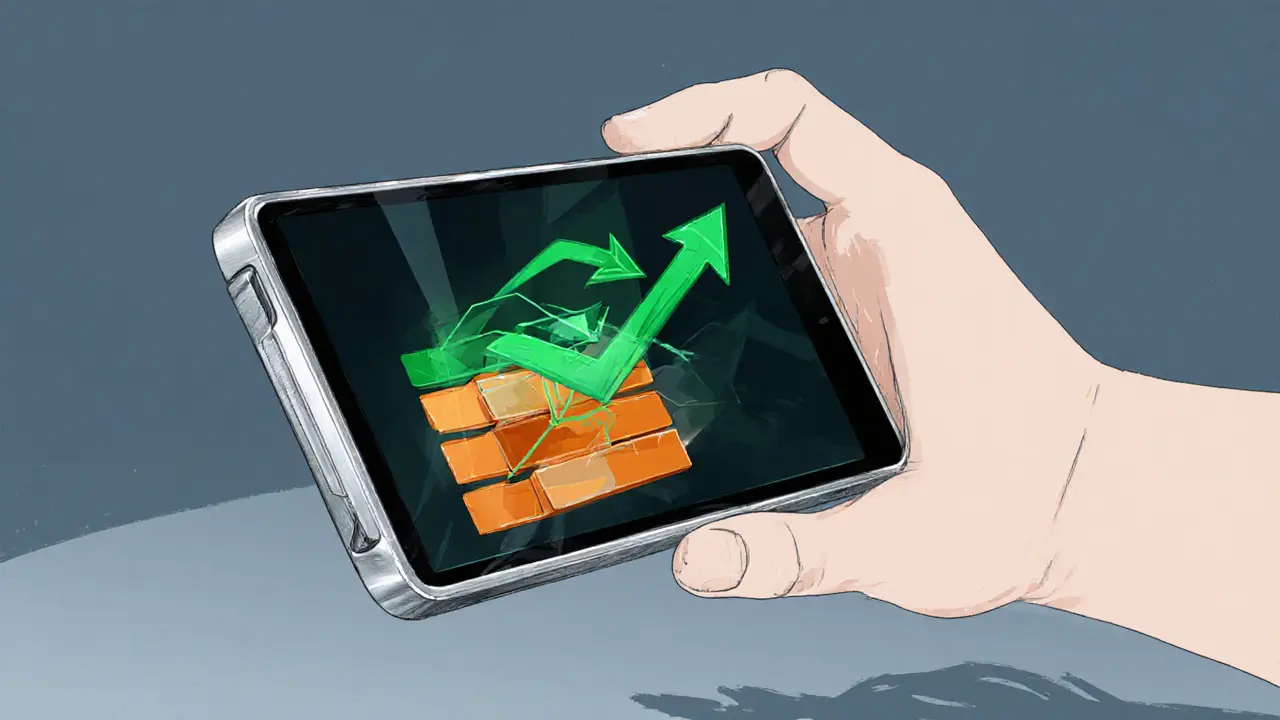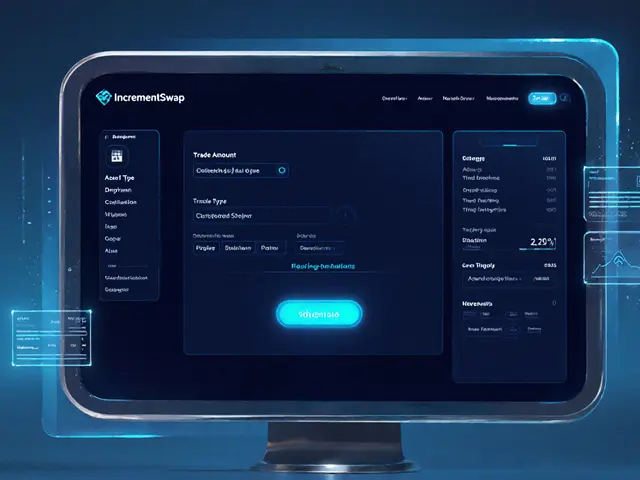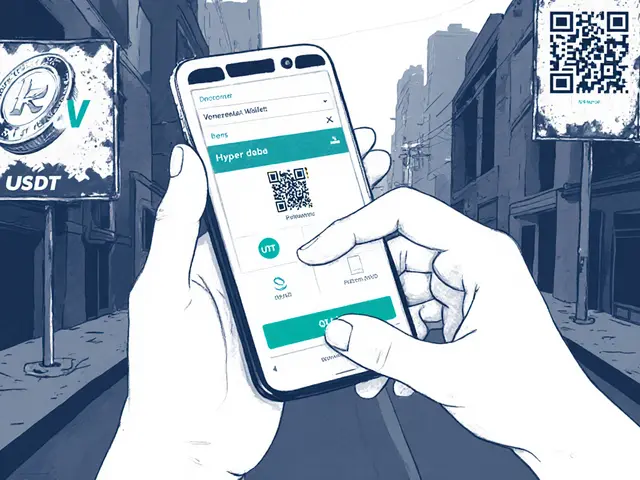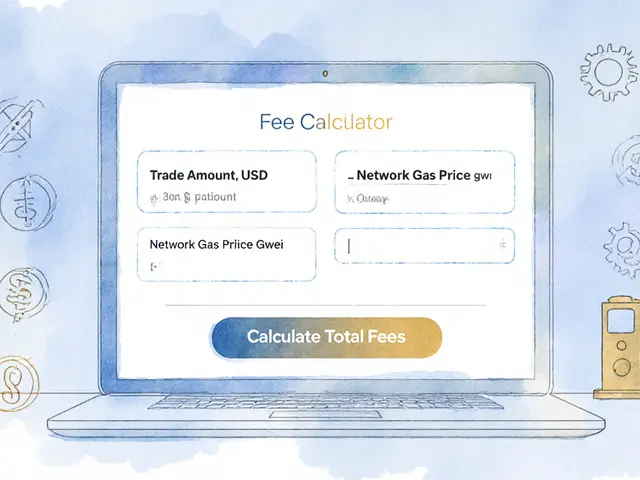Limit Orders: Definition, Benefits, and Practical Use
When working with limit orders, trade instructions that let you set a specific price for buying or selling an asset. Also known as price‑controlled orders, they differ from market orders, which execute immediately at the current best price, and from stop orders, which become active only after a trigger price is reached.
Limit orders are a core limit orders tool for anyone who wants price certainty. They work because most exchanges maintain an order book, a live list of buy and sell offers. When you place a limit order, the system holds it in the book until a matching order meets your price or better. This requirement ties limit orders to market liquidity – a deep order book increases the chance your order fills, while thin liquidity can leave it unexecuted. Traders often combine limit orders with other order types to create a layered entry or exit plan, turning a single trade idea into a multi‑step strategy.
How Limit Orders Fit Into Trading Strategies
Professional traders treat limit orders as building blocks for risk management. For example, a swing trader may set a buy limit slightly below a recent support level, hoping to catch a bounce without paying the full market price. At the same time, they might place a sell limit above a resistance zone to lock in profit. When these two limits sit on opposite sides of a price range, the trader creates a “grid” that automates entry and exit. Stop orders complement this grid by acting as safety nets: a stop‑loss placed just below a buy limit prevents large losses if the market breaks down. In decentralized finance, limit orders also appear on DEX aggregators that route orders through multiple liquidity pools, ensuring you get the best price across the ecosystem.
Understanding the strengths and limits of each order type lets you tailor your approach to the asset you trade. If you’re fresh to crypto, start with simple buy‑limit orders on well‑liquid pairs and watch how often they fill. As you gain confidence, experiment with conditional orders – a combination of limit and stop logic that can execute automatically when market conditions change. Across all markets, the key lesson is that limiting slippage and controlling entry price are priceless advantages, especially in fast‑moving markets where every cent counts. Below you’ll find a curated list of articles that dive deeper into limit‑order mechanics, platform comparisons, and real‑world use cases.
Market Orders vs Limit Orders: How They Work in Order Books
Learn the key differences between market orders and limit orders, how they work inside an order book, and when to choose each for optimal trade execution.
View More




